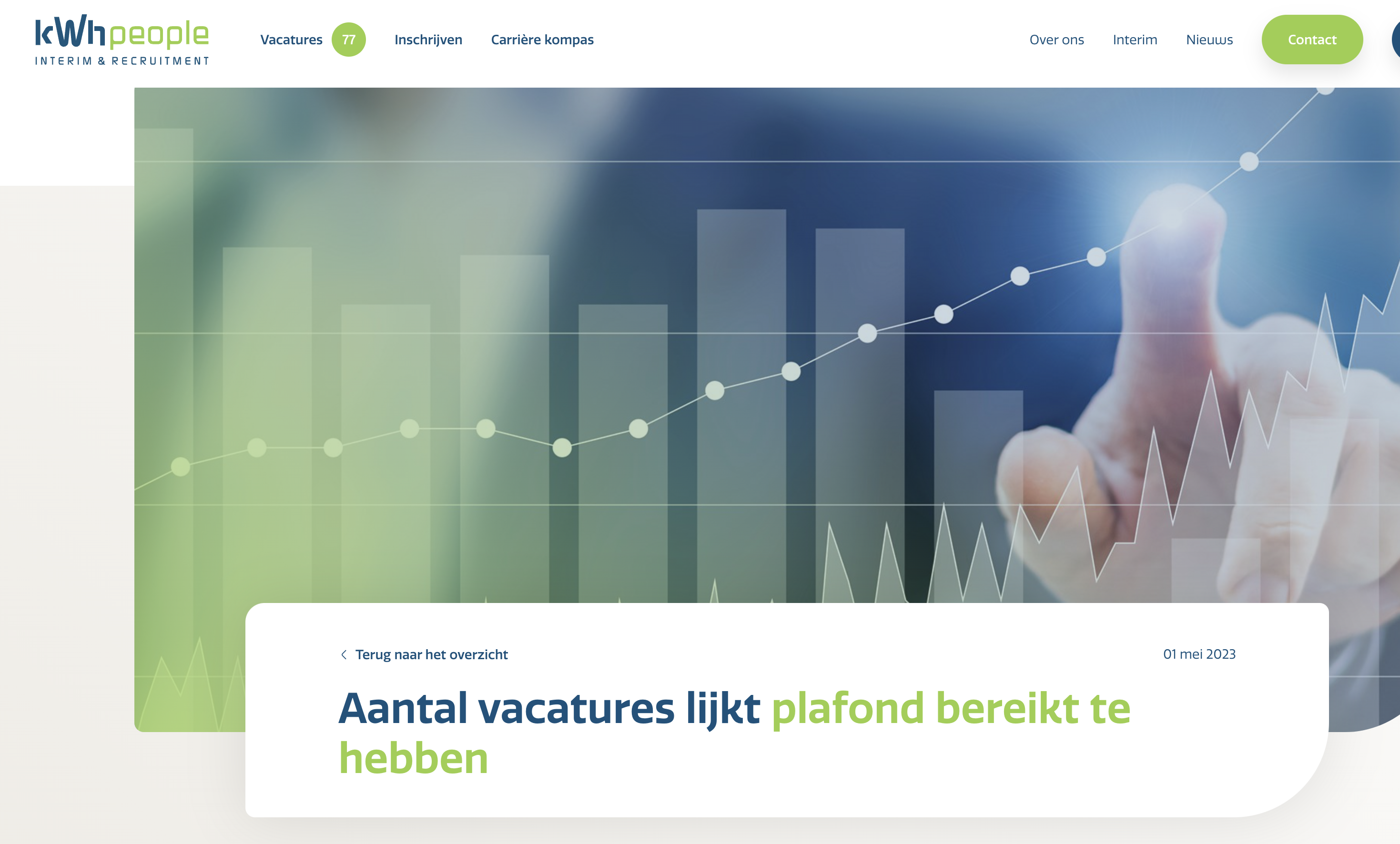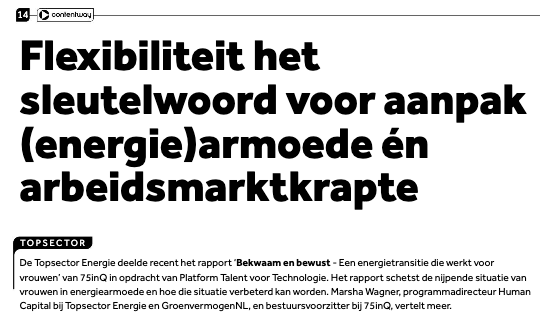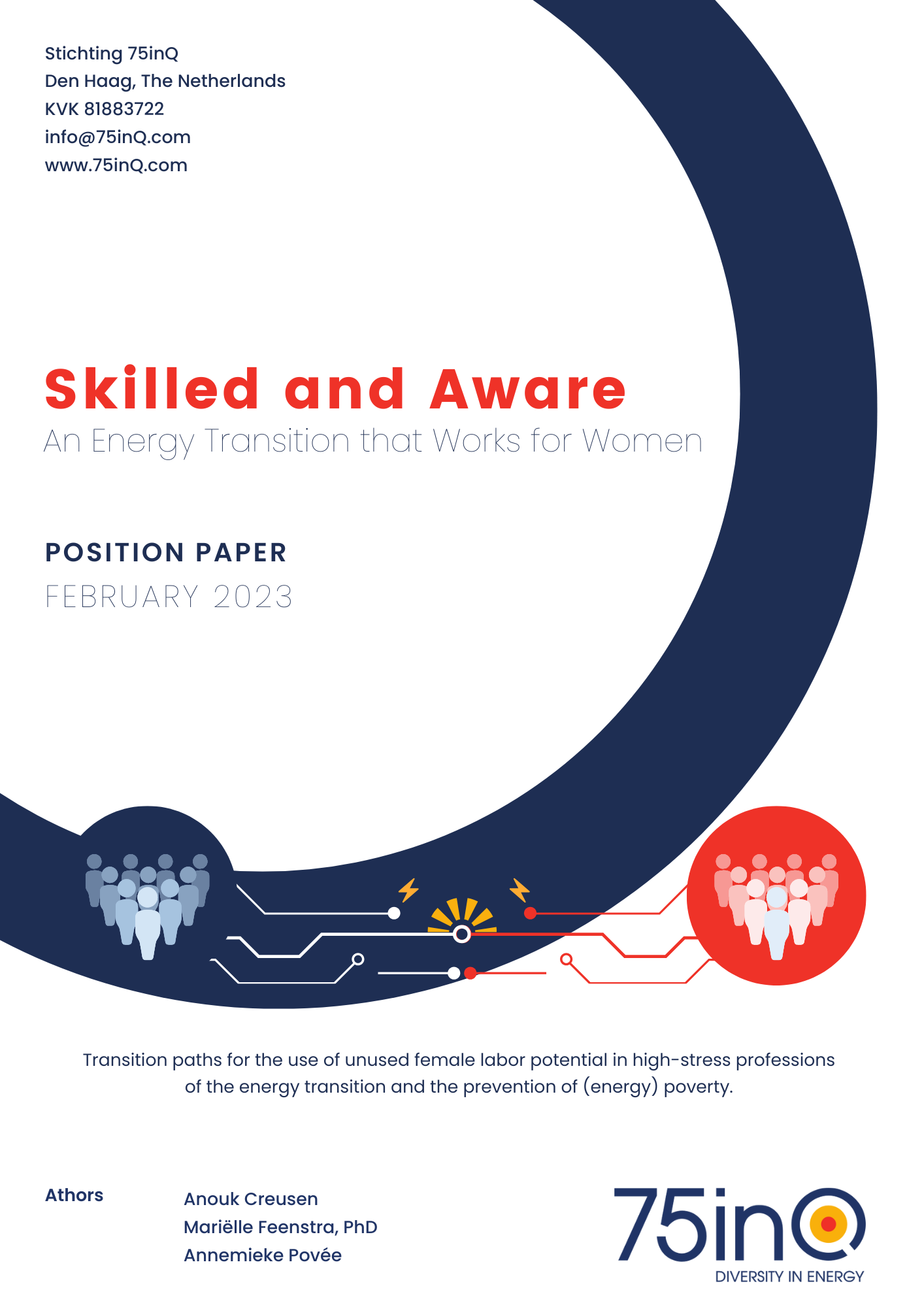
figures
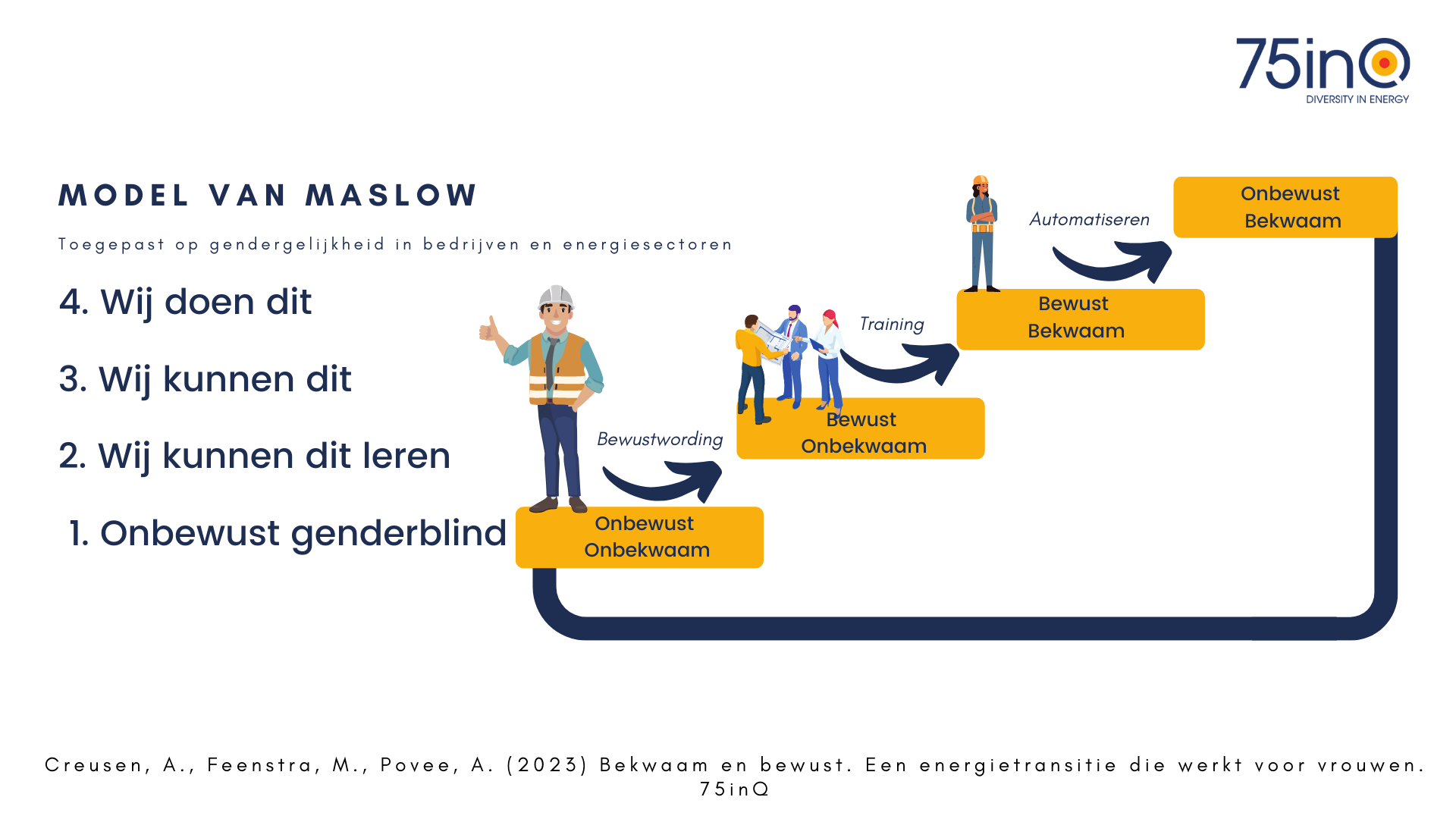
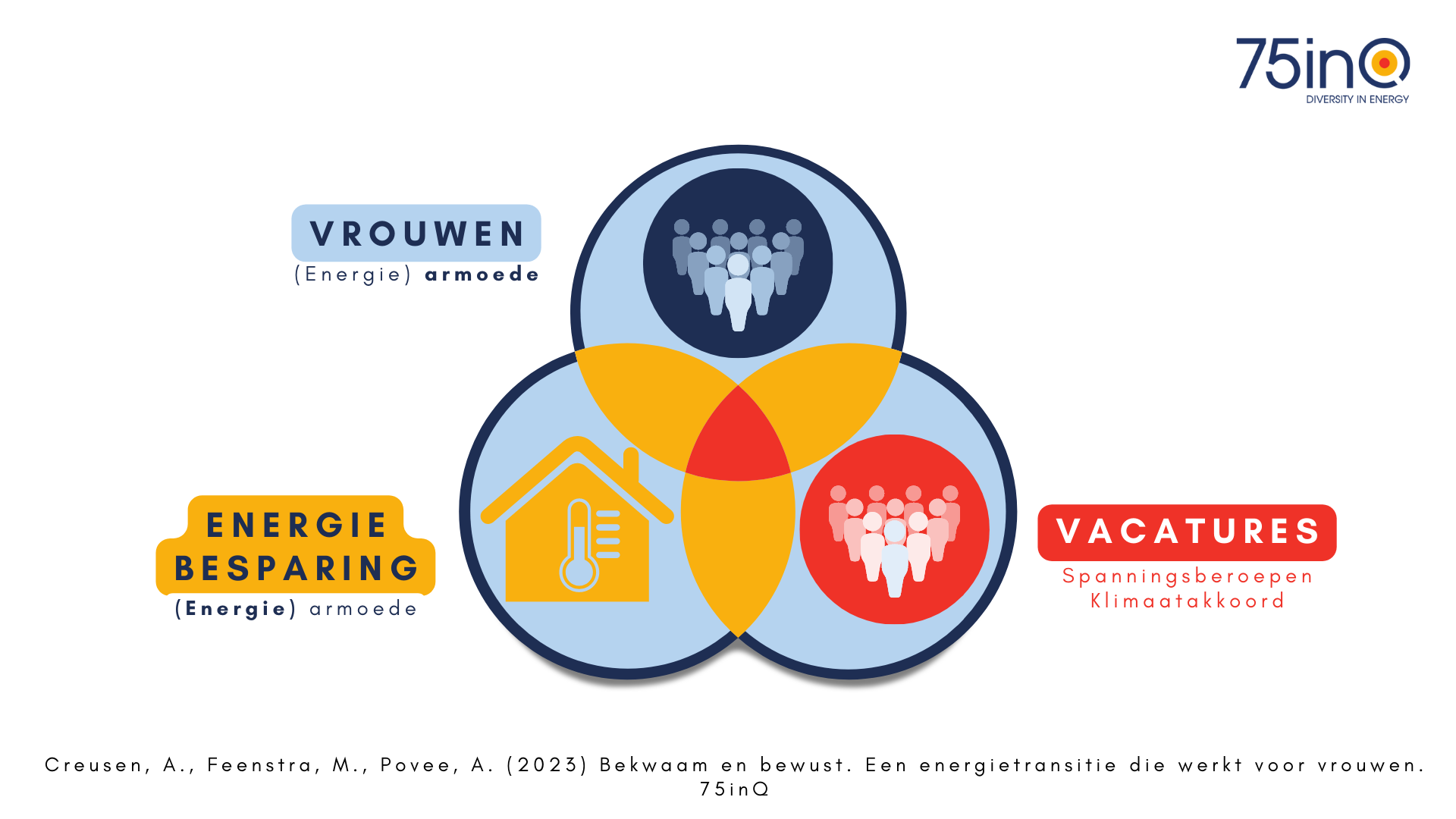
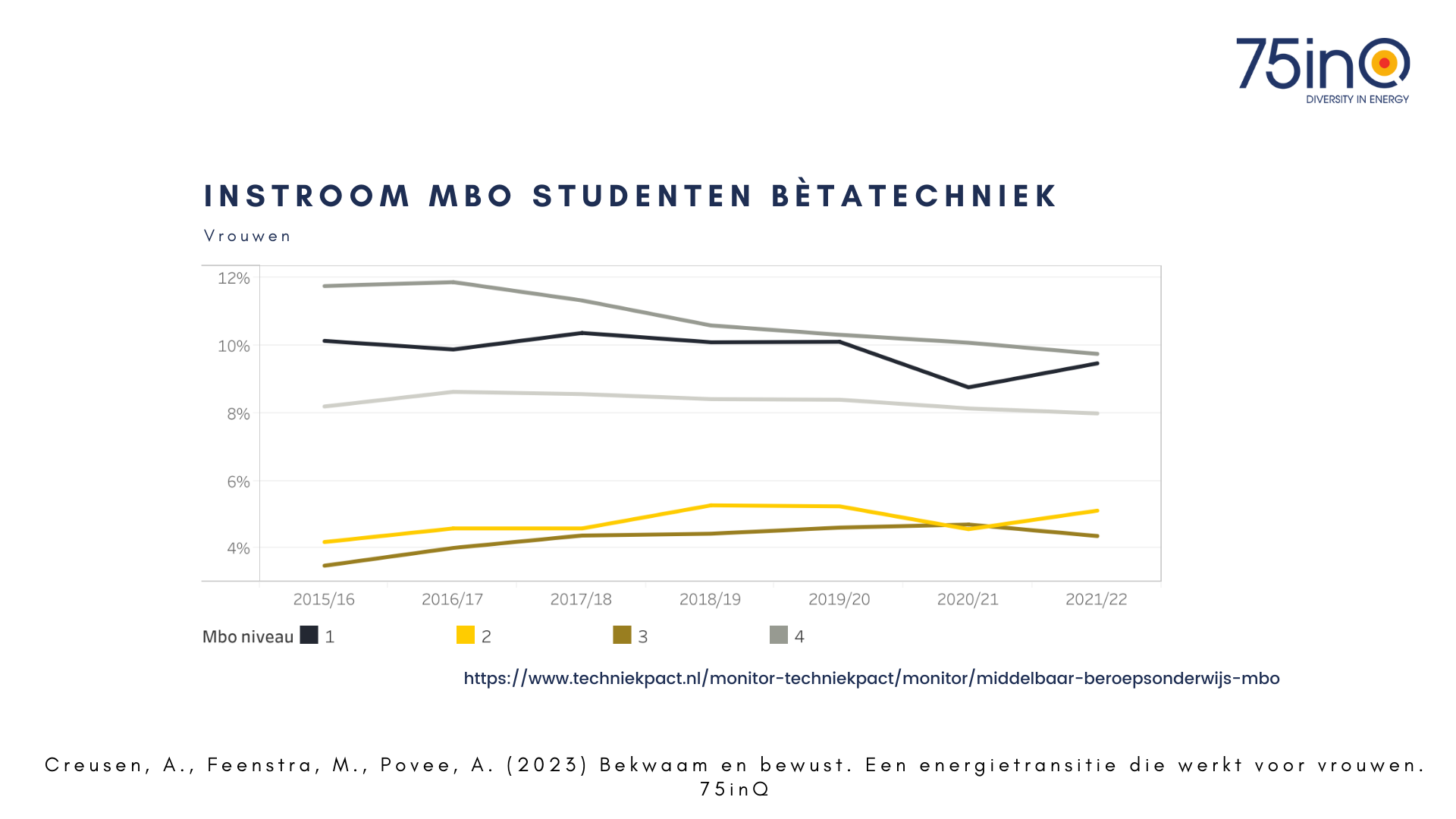
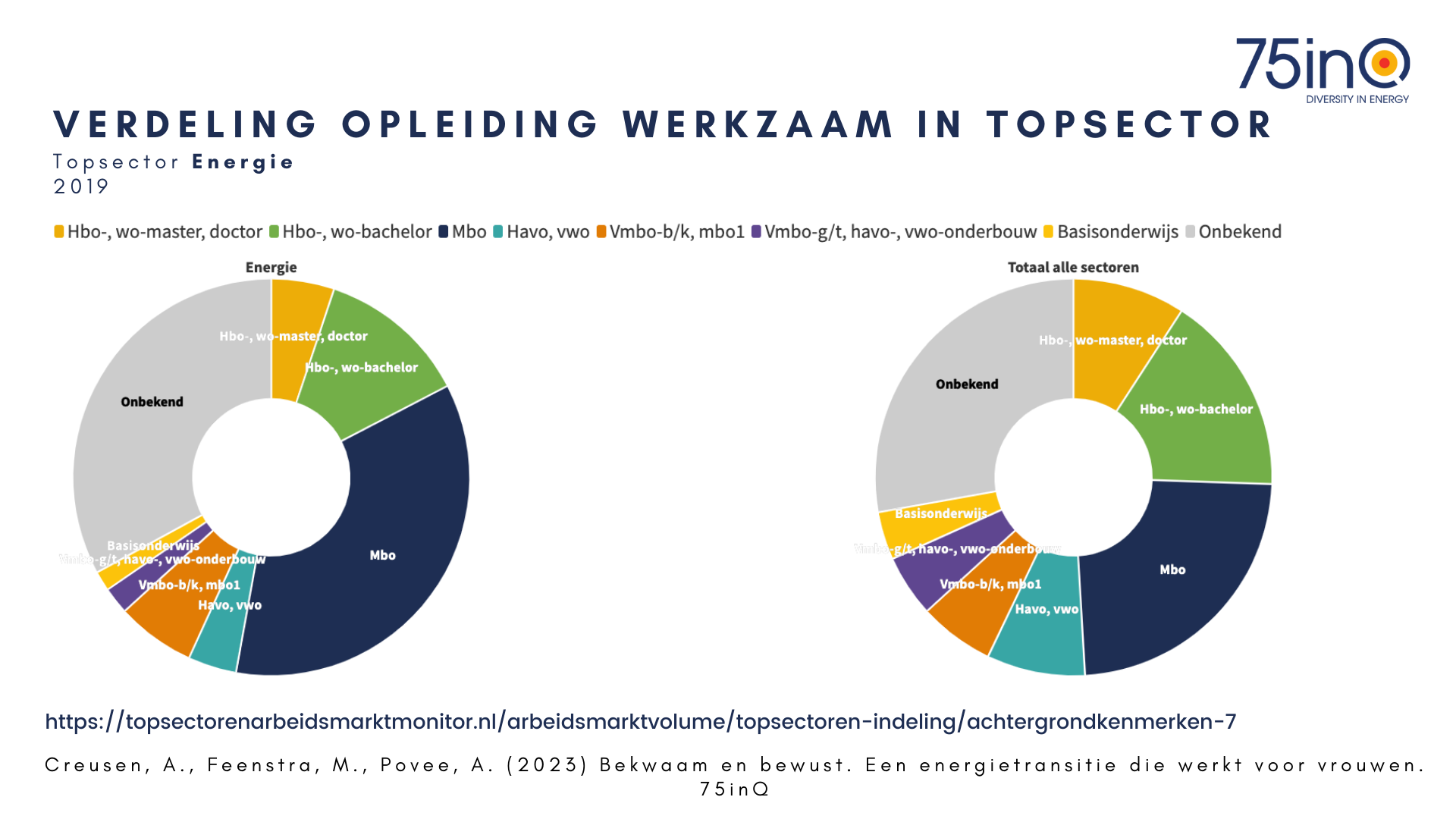
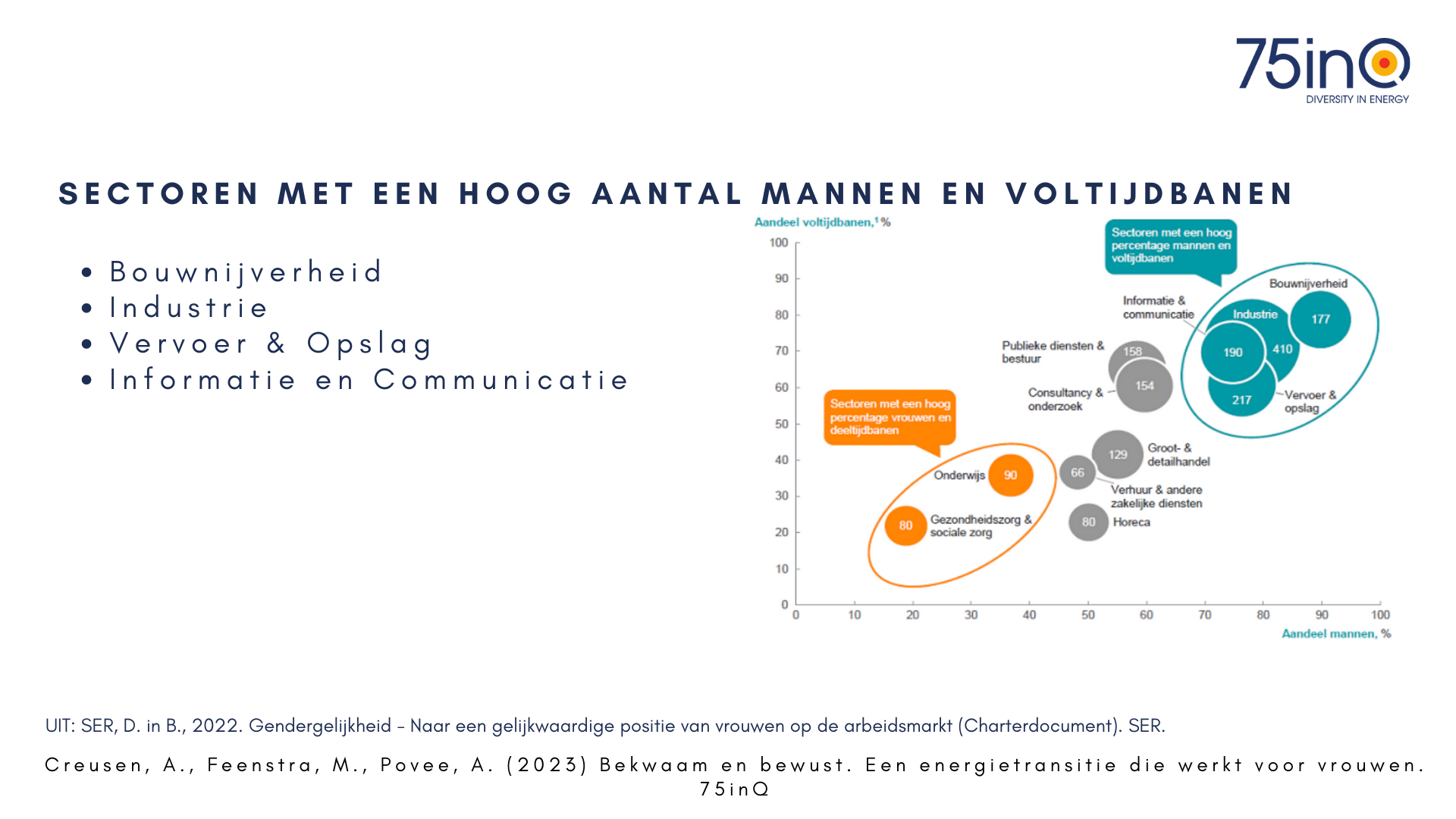
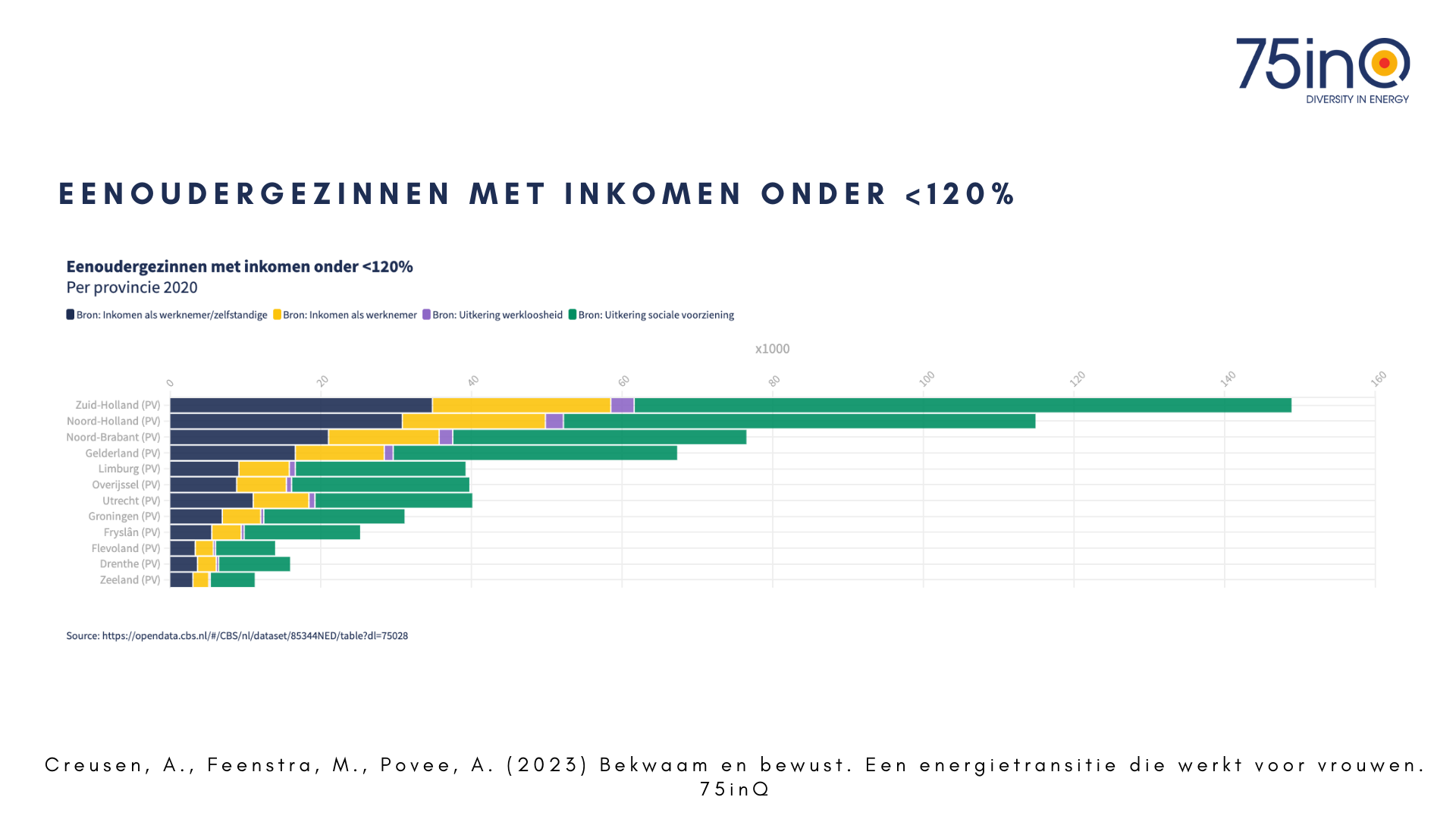
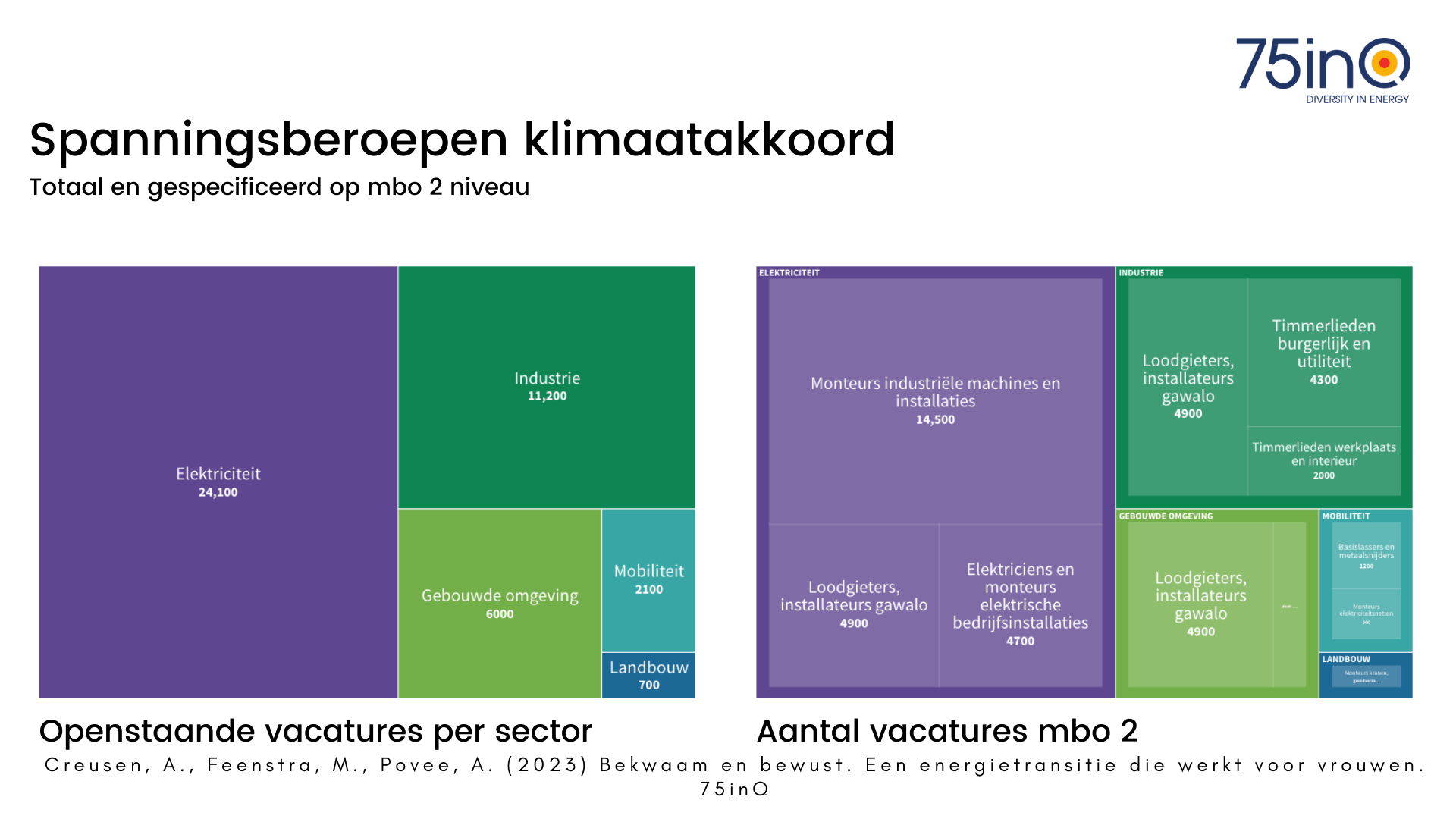
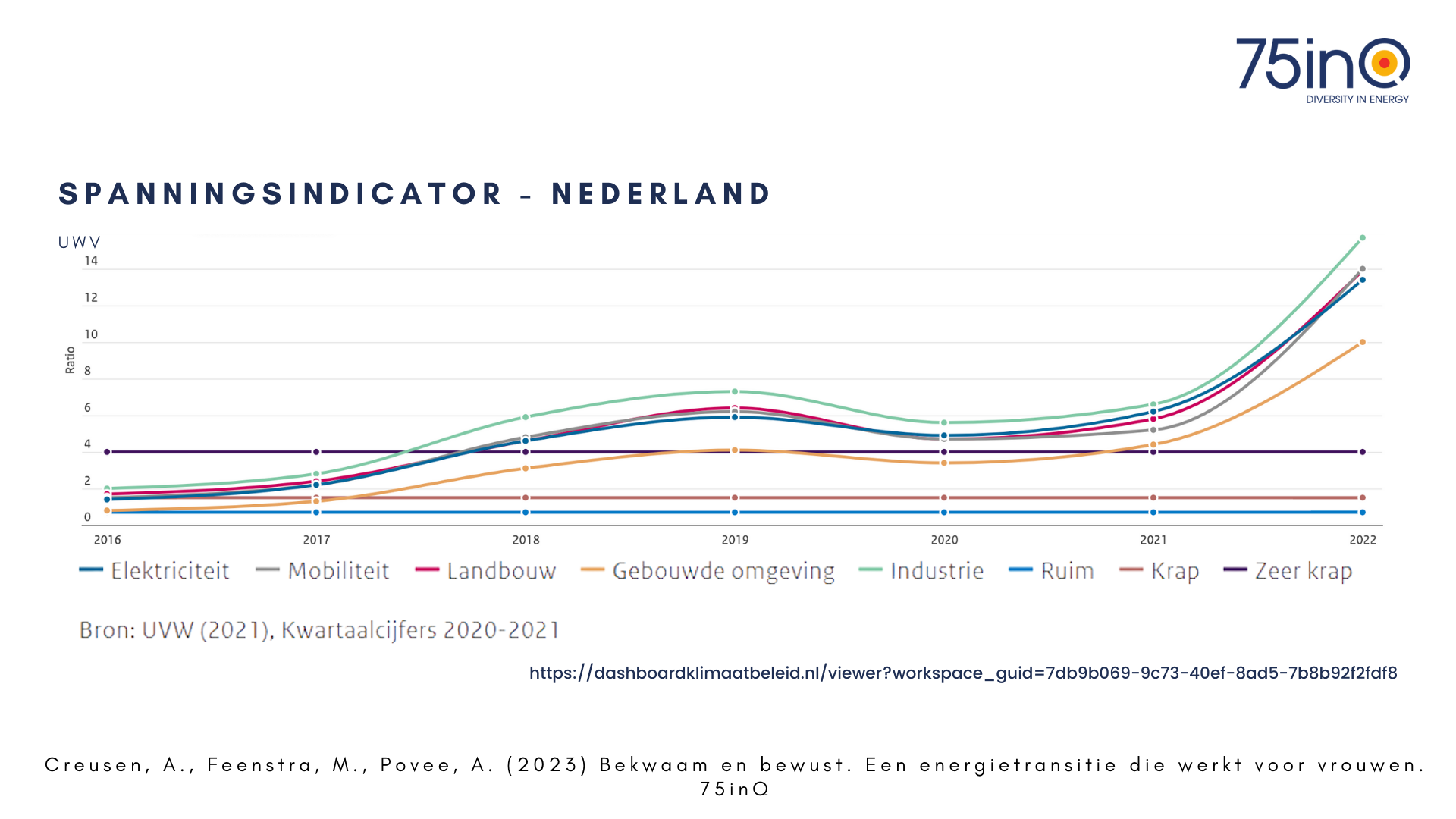
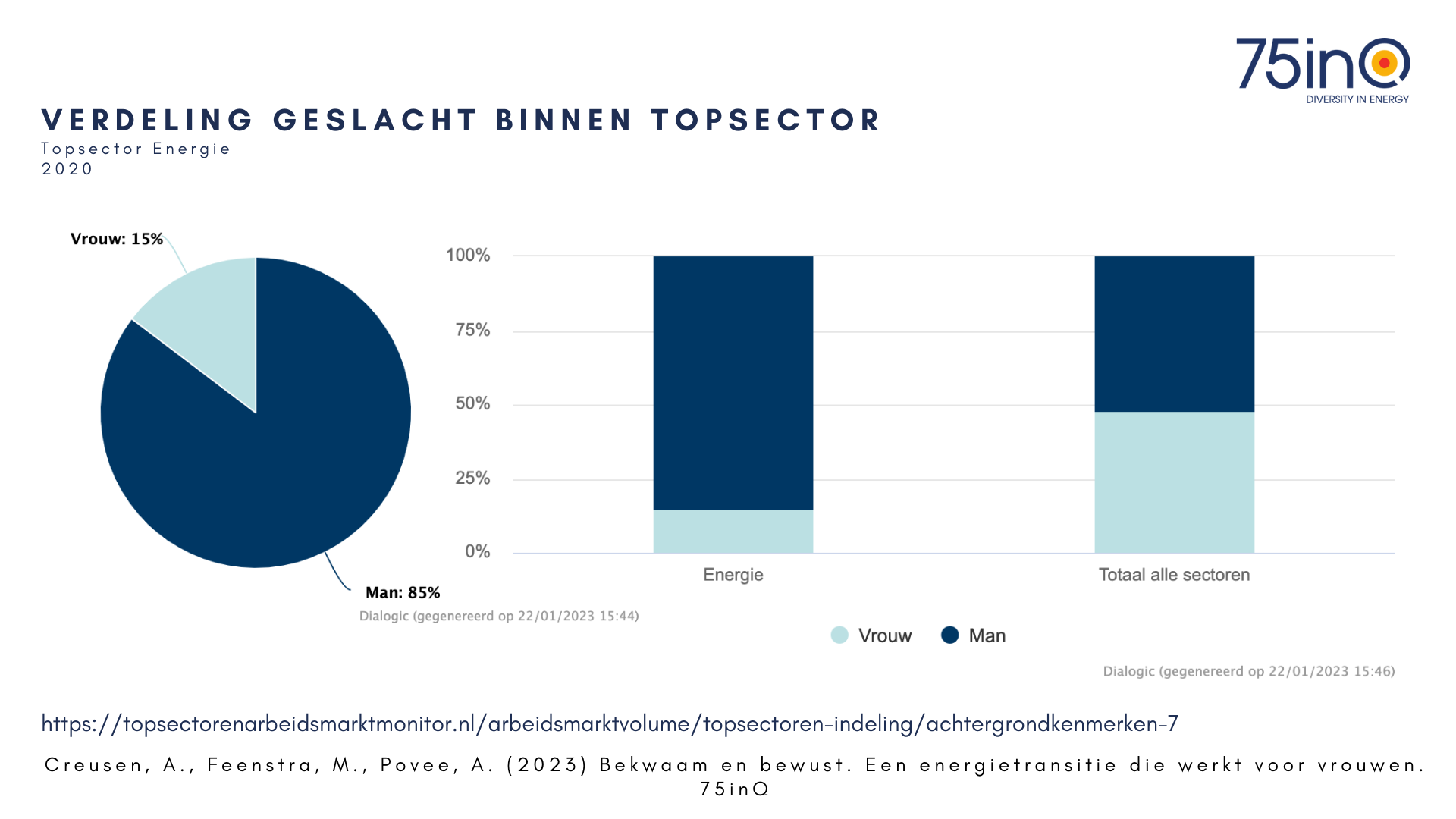
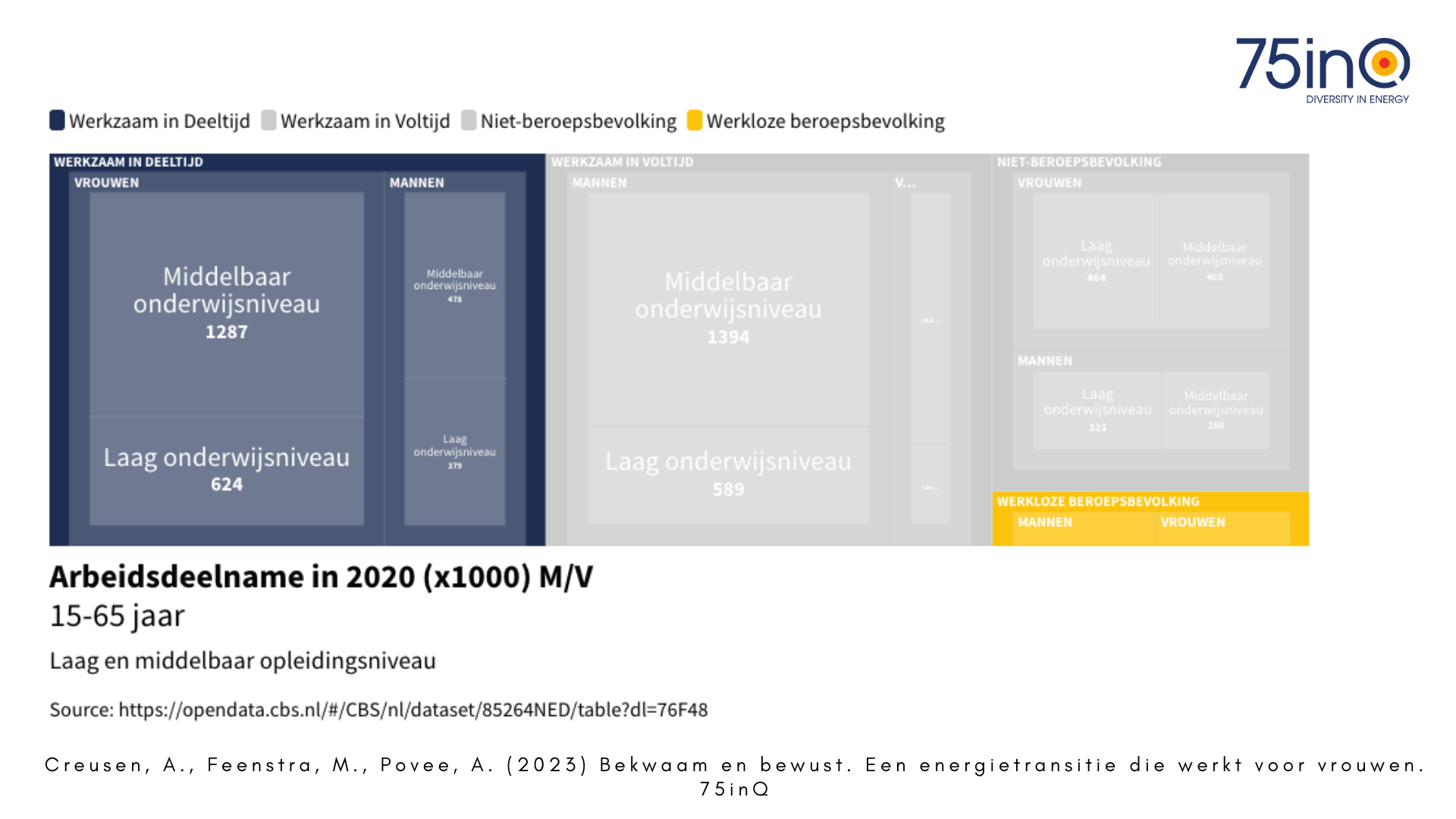
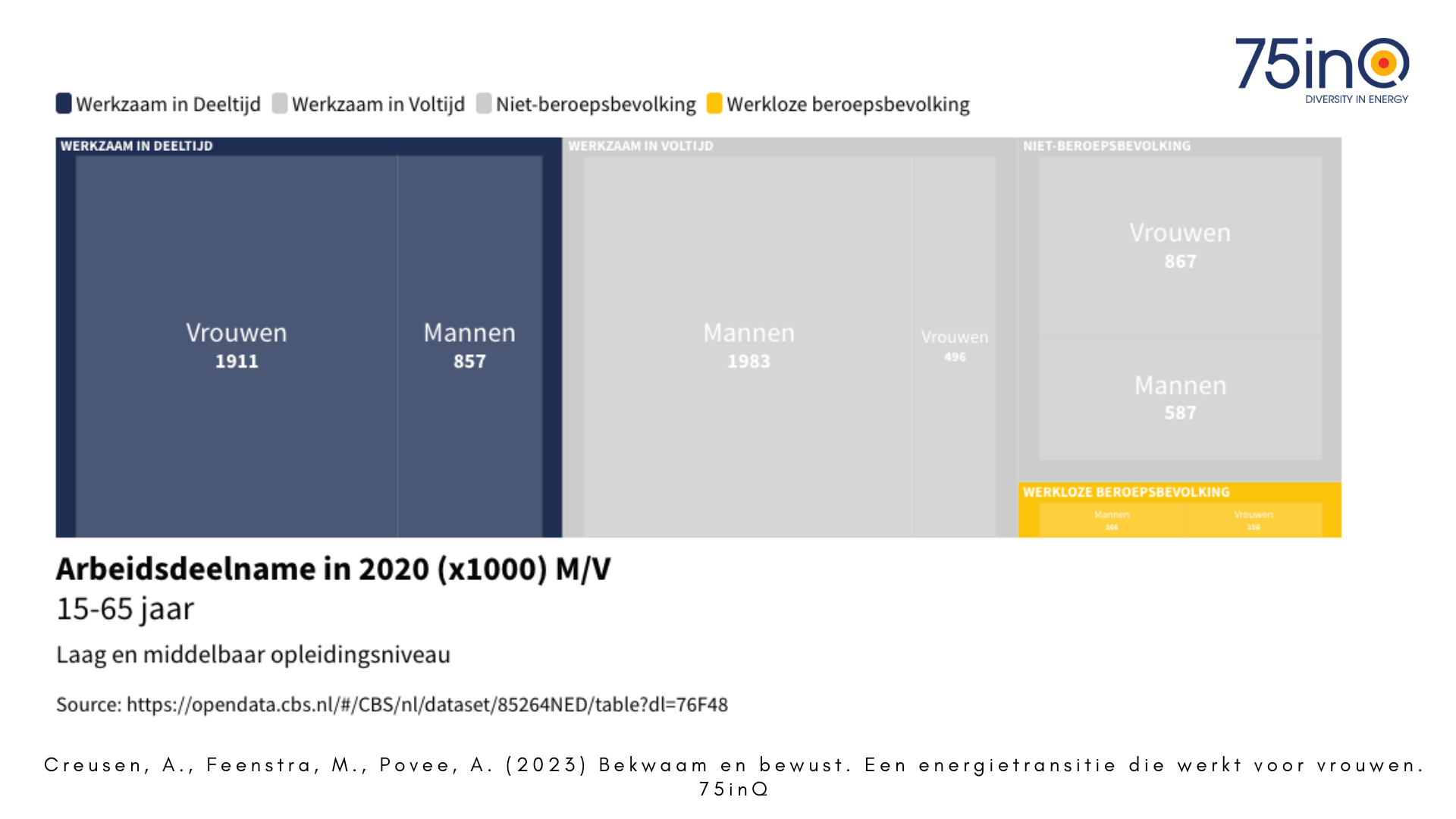
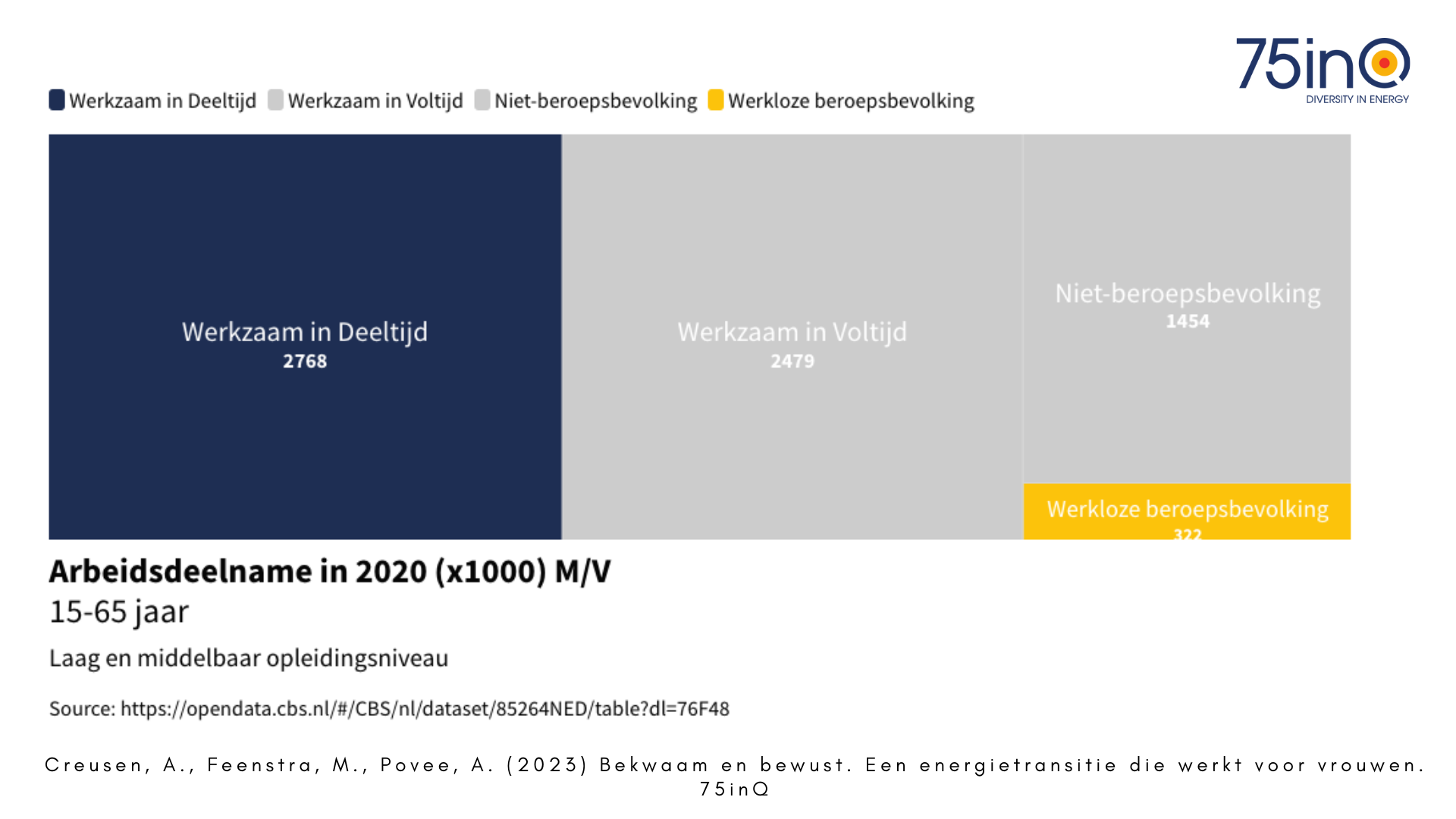
Summary
In line with Maslow’s learning model and based on the analysis in this position paper, the following recommendations are made to consciously and skillfully focus on
1) filling the labor shortages
2) promoting the sustainable employability of women in the labor market
3) preventing (energy) poverty.

Step 1: Awareness (from unconsciously incompetent to consciously incompetent)
- Recognition and addressing new groups
The urgency of addressing new target groups by the sectors involved in the implementation of the climate agreement in order to recruit enough people to carry out work must be recognized by all stakeholders; government, education and business.
Approaching the current unused labor potential of women aged 18-65 is a new target group for the climate sectors, which is also clearly visible here in line with the Green and Digital Jobs Action Plan.
- Transformation towards inclusive sectors
The transformation within the technical sectors towards a more inclusive and diverse working environment must be initiated to permanently appeal to and engage new target groups. Awareness of the importance of this transformation is urgent in order to develop targeted approaches.
Step 2: Training (from consciously incompetent to consciously competent)
- Targeted approaches to work
Targeted approaches for different target groups and different job groups must be developed to attract and retain lateral entrants in the short term.
- Social security comes first when tackling energy poverty
Tackling energy poverty requires structural attention and female candidates for climate professions who come from a poverty situation need reliable guidance towards social security.
- Investing in guidance for local, small-scale approaches
Targeted, small-scale, local approaches are the most effective for guiding lateral entrants towards sustainable work and social security. Scaling up is possible when there are sufficient resources for this and the social side of the approach comes first.
Step 3: Automation (from consciously competent to unconsciously competent)
- Integration of social and technical vision on the energy transition
Existing approaches and funds are used either from the technical task or from the social side. Integration of both perspectives in approach and in financing is urgent, both because of the inhibiting effects of the labor market and the growth in the number of households in poverty, and the intrinsic connection between the various issues, gender equality, energy poverty and labor shortages.






